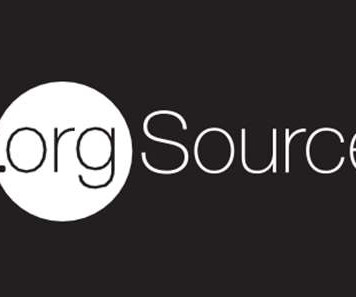The Bots Face Off – Or Do They? ChatGPT Versus Bard
.orgSource
AUGUST 14, 2023
Here is how the bots describe themselves: ChatGPT Bard Artificial Intelligence Language Model: ChatGPT is an advanced AI language model that can process and generate human-like text based on the input it receives. Bard is a large language model, also known as a conversational AI or chatbot trained to be informative and comprehensive.


























Let's personalize your content